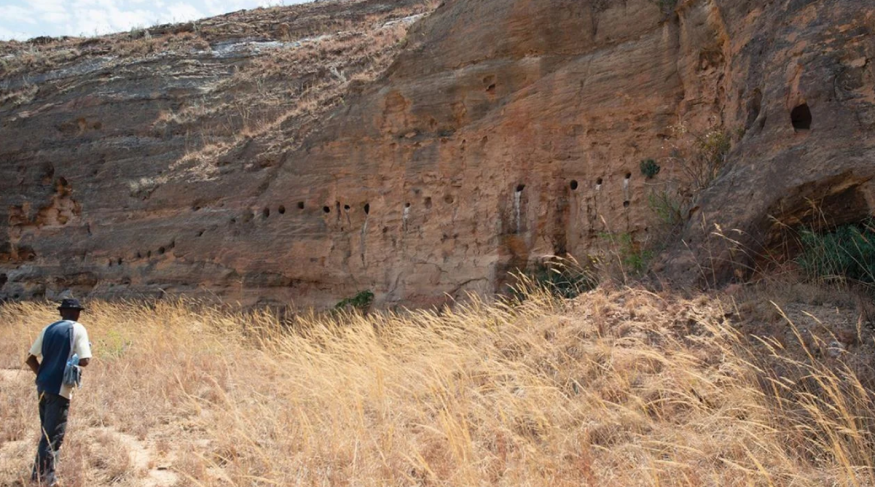Ancient Rock-Cut Architecture Found in Madagascar Possibly Linked to Old Religious Practices
Madagascar, also known as the fourth largest island in the world, just have another contribution to world history as archeologists found ancient rock architecture carvings that could reveal lost texts and practices.
In a report shared by Newsweek, archeologists found the carving in Teniky, which is an isolated site and is near Africa's southeastern coast. The rock carving was described as "enigmatic" because of its size. To put into perspective, the ancient rock architecture in Teniky is almost ampitheater-shaped and includes man-made terraces, niches in cliffs and rock shelters covered by walls of sandstone blocks.

The sandstone block in question was initially believed to be a work of a Portuguese ship in the 16th century. Today, it's called the Grotte des Portugais and further research found that it may be in the site already before the Portuguese sailed their boats.
Then, in 2019, researchers found that there are more inside the rock architecture; hence, the terraces and cliffs. Fast forward to 2021, archeologists discovered more unknown ancient rock architecture.
What's in Madagascar's Rock-Cut Architecture
Through radiocarbon methods conducted in 2022, experts finally have an answer to what was discovered in Teniky.
Archeology Mag detailed that the rock-cut architecture is similar to rocks found in present-day Iran made about 1,000 years ago and is linked to Zoroastrianism, which is one of the world's oldest religions that began in Persia (Iran).
Archeologists, then, hypothesized that the said niches or small carved spaces found in the cliffs, as well as the stones near them, could have been used during rituals within the Zoroastrian funeral practices. Nothing is confirmed as of yet because more research is needed.
However, if proven true, this new knowledge would mean that the old religion did not just migrated to India, present-day Parsis. It means they also spread out to other regions within the Indian Ocean 1,000 years ago.
Researchers will return to Teniky in 2025 and further excavations will be conducted that could either support or reject their hypothesis.












